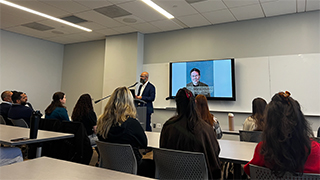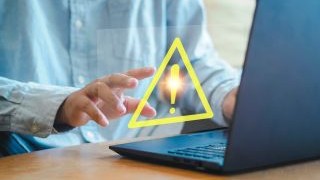IT Security Alert: Link Listing Threat Targets Inboxes
Wednesday, May 15, 2024
 The Department of Information Technology warns the Seton Hall community about a new
threat called the Link Listing attack. This attack involves bad actors signing up
targeted email addresses for various subscription services. The resulting flood of
emails, though harmless, overwhelms inboxes and causes significant disruption.
The Department of Information Technology warns the Seton Hall community about a new
threat called the Link Listing attack. This attack involves bad actors signing up
targeted email addresses for various subscription services. The resulting flood of
emails, though harmless, overwhelms inboxes and causes significant disruption.
Scammers posing as IT support then reach out to users by phone, persuading them to grant access to their devices through Quick Assist, a legitimate remote assistance tool. Exploiting the urgency to resolve spam issues, these impersonators guide users through keystroke commands, such as CTRL + Windows + Q, and prompt them to provide security codes, thereby gaining unauthorized access to users' systems.
Users must remain vigilant and informed in the face of this and other emerging threats. It is important to note that Seton Hall's IT Department will never initiate support in this manner. Troubleshooting only begins when users reach out to the Service Desk for assistance. If you receive an unsolicited call claiming to be from IT to resolve an unreported issue, you should immediately hang up and block the number.
To safeguard against exploitation, users are advised to adhere to these essential security practices:
-
Verify Identity: Legitimate IT technicians always verify a user's identity before initiating troubleshooting procedures. If identity verification is not performed, end the call, and block the number.
-
Safeguard Personal Information: Never disclose passwords, financial details, or other sensitive information over the phone unless you can confirm the identity and legitimacy of the person requesting it.
-
Avoid Remote Access Requests: Do not grant remote access to unknown parties or download unfamiliar programs for troubleshooting purposes. Prevent unauthorized access to your system.
Take an active role in securing your information by visiting the Information Security site to learn more about strong passwords, managing mobile devices, avoiding threats, developing safe habits and using the right tools.
Categories: Science and Technology






